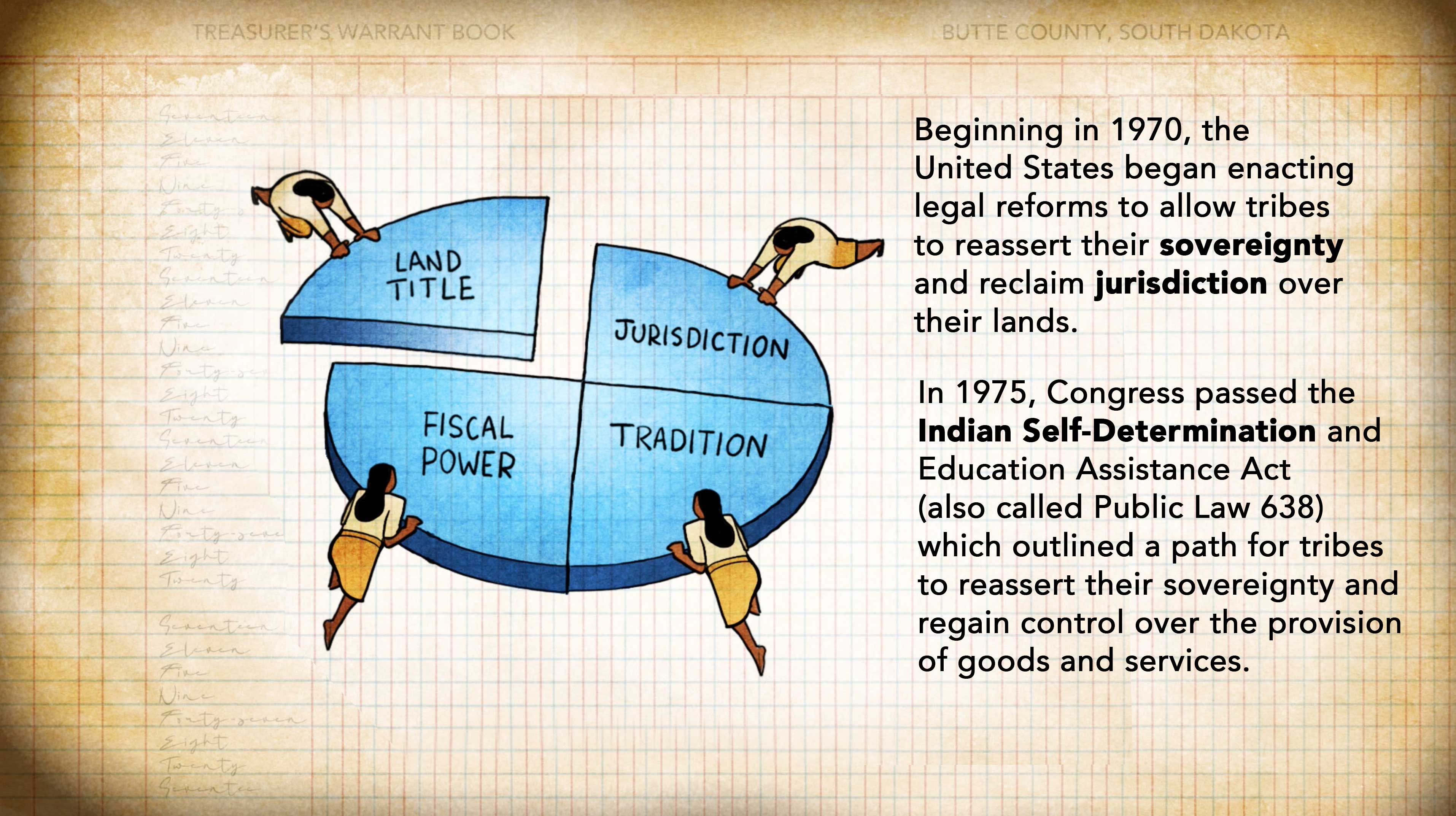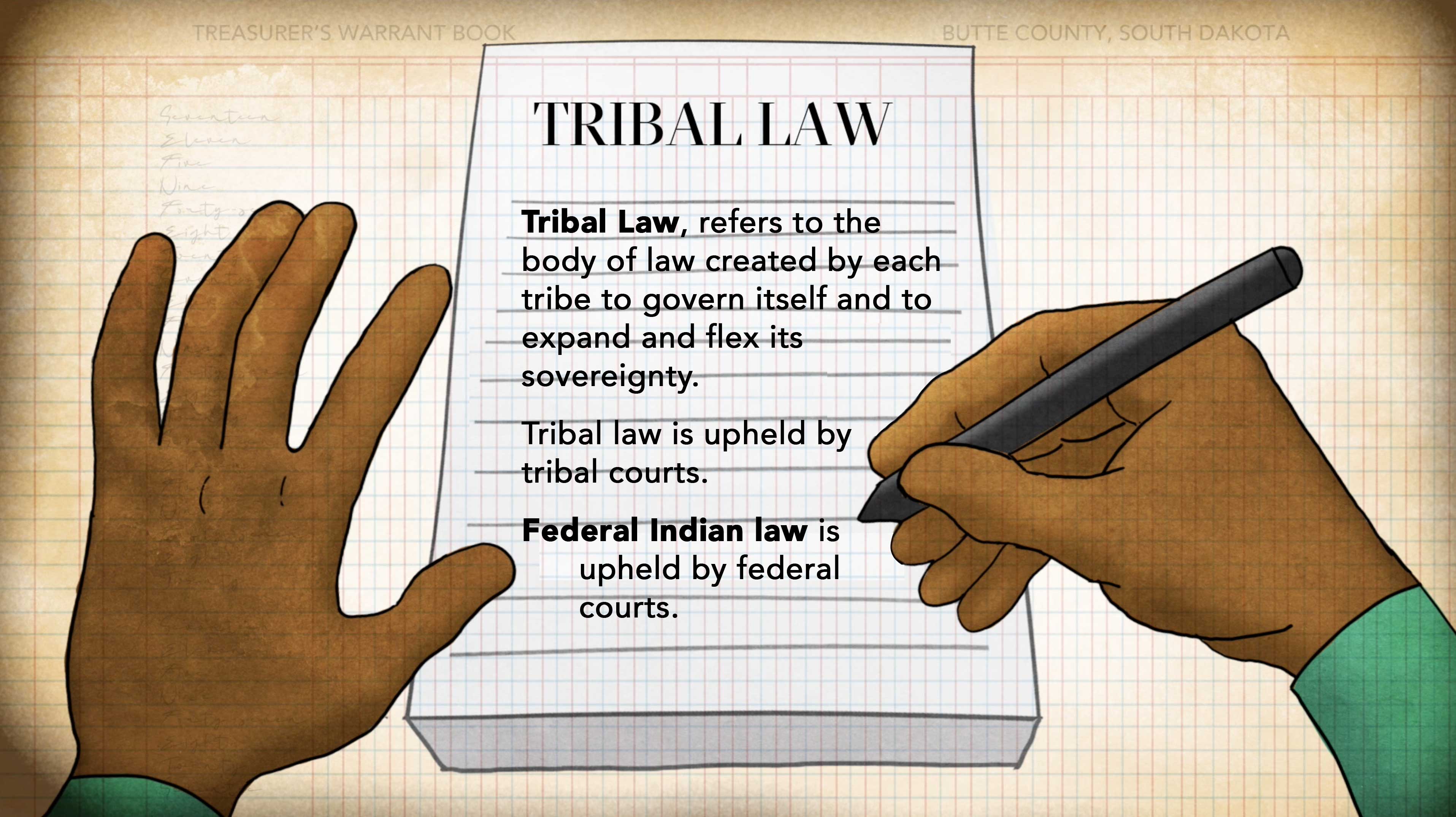Facts at your Fingertips
Beginning in 1970, the United States began enacting legal reforms to allow tribes to reassert their sovereignty and reclaim jurisdiction over their lands.
In July 1970 President Nixon delivered a Special Message on Indian Affairs, outlining a policy for Indian self-determination.
In 1975, Congress passed the Indian Self-Determination and Education Assistance Act (also called Public Law 638) which outlined a path for tribes to reassert their sovereignty and regain control over the provision of goods and services. Public Law 638 ensured the federal government would continue to meet its treaty and trust obligations of providing education, medical care, and housing, but allowed tribes to take over the management of these services.
Tribes who have assumed authority over everything from medical testing, to forest management have proven to do a better job than federal agencies. However, colonial obstacles to meaningful self-governance persist in the form of outdated rules, regulations, and bureaucracy. The Hoover Project on Renewing Indigenous Economies is part of a growing movement of people and institutions advocating for meaningful sovereignty for tribes and an end to discriminatory colonialist policies.
Federal Indian law is established by the federal court system and the United States Congress. As legal scholar Lance Morgan explains, federal Indian law restricts and limits tribal authority and is “at least partially grounded in racist principles, paternalism, and economic exploitation.” Federal Indian law is upheld by federal courts.
Tribal Law, on the other hand, refers to the body of law created by each tribe to govern itself and to expand and flex its sovereignty. Tribal law is upheld by tribal courts.


